With its original paddocks, outbuildings and orchards, Riversdale provides a vital link to the past. Discover the rich history of this treasured place through the remarkable women who helped define its legacy for future generations.
By Michelle Bateman, Editor, National Trust Magazine
Set on the banks of the Wollondilly River on Gundungurra Country, Riversdale occupies the site of the original township of Goulburn, and its distance from the current-day city has helped preserve its special sense of history. The Colonial Georgian home was constructed in 1837 from locally made sandstock bricks in soft, muted shades that harmonise with the gardens. Inside, cedar joinery features handsome panelling and dignified roundel designs.
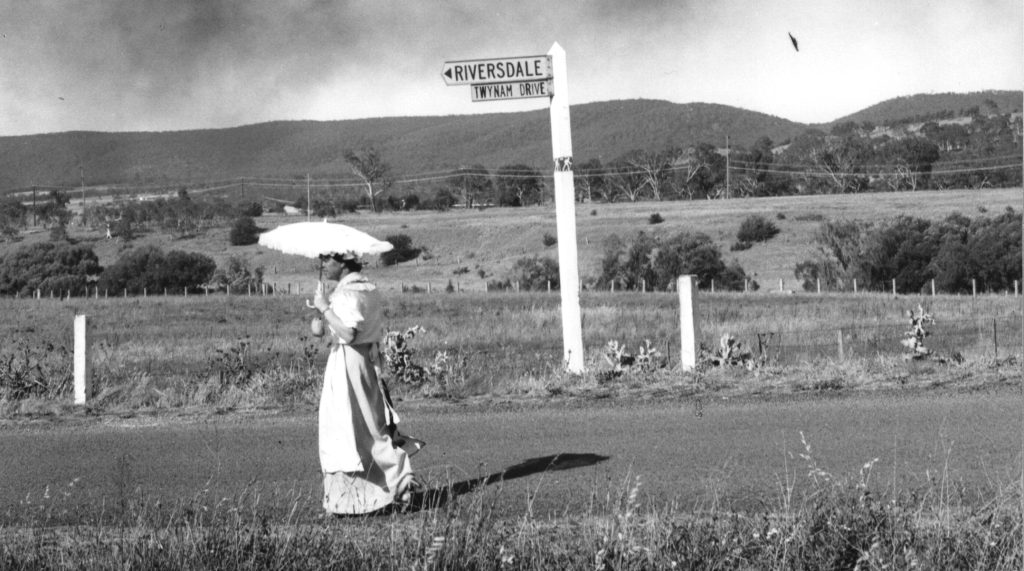
The structure was noteworthy from the outset. “Its characteristics are decidedly early colonial,” writes historian and artist Rachel Roxburgh in her historic account of Riversdale. “It has little in common with other houses of the late 1830s.” The outbuildings are also historically significant, including a stone barn built by Matthew Healey c.1833, the oldest surviving building in Goulburn. Filled with hand-carved furniture and surrounded by fruit trees and flowering gardens, this property was built with care and nurtured through multiple generations to provide respite and connection for the community. Here, we introduce the women who have left their mark while calling Riversdale home.
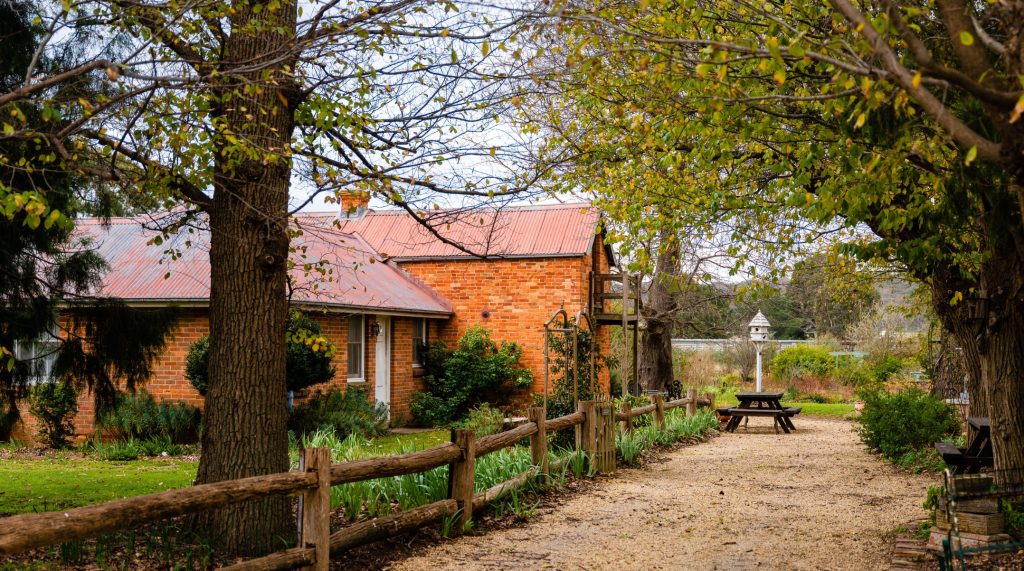
Ann Richards, 1837 – 1848
Ann Hollis was a young widow with three sons when she met the carpenter John Richards in Windsor, north-west of Sydney, in the late 1820s. The pair relocated to the Goulburn district, where Richards ran a successful coach business. Tragedy struck in 1838 when he died suddenly, leaving Ann to run a portfolio of businesses on her own. “Ann took over the running of the coaches, she had a general store at Berrima and she was also the licensee of the Surveyor General Inn at Berrima, famous for being Australia’s oldest continually licensed hotel,” says Marie Kennedy, a long-time volunteer and guide at Riversdale.
By 1840, Ann had married local blacksmith Benjamin Gould, sold her many ventures and “put all the money into building herself a nice home with a business attached. The western wing of the house was a hotel and the little verandah rooms were the strangers’ rooms,” Marie explains. Named Victoria Inn, the property’s location near the Wollondilly River was well placed to take advantage of traffic entering the town of Goulburn. Ann’s grit and determination helped shape the foundations of the Riversdale legacy. As well as the house and inn, she and Benjamin built a large garden and orchard, stabling for more than a dozen horses, barnyards and out offices. They stayed at the property until1848 when they moved into Goulburn, and eventually rented out the house for use as a school.
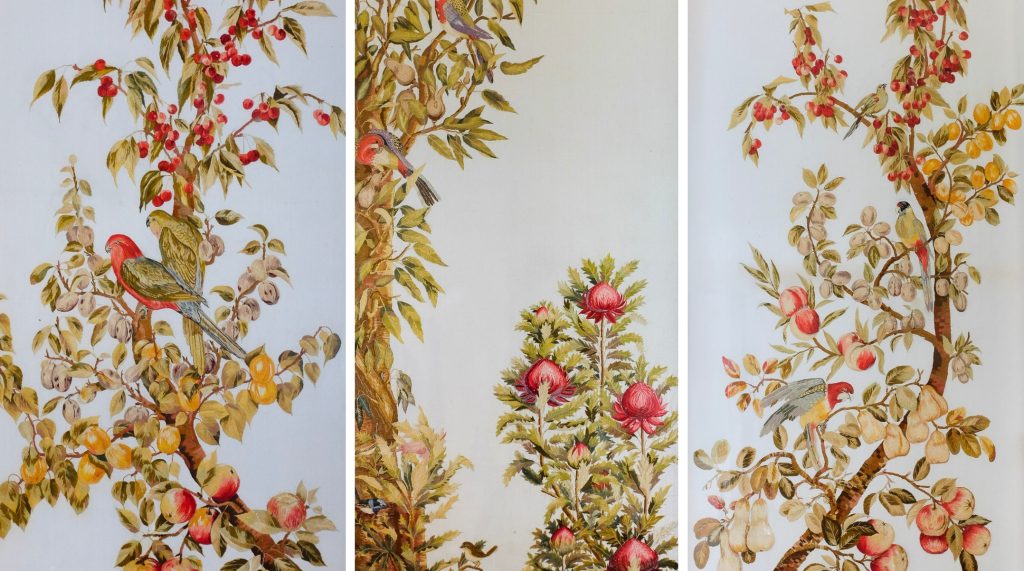
Emily Twynam, 1872 – 1910
Ann Richards may have built the structure, but Emily Twynam made Riversdale a home, filling it with joy, family and beauty. Together with her husband, the New South Wales Surveyor-General Edward Twynam, Emily moved to Goulburn in 1866, leasing Riversdale for a few years before buying it in 1875. Running the home and raising a young family kept her busy for many years but as her children became more self-sufficient, Emily began exploring an interest in art and other creative pursuits. The fruits of her talent can still be seen at Riversdale, where her embroidery, wood carvings, needlework and sketchbooks fill the rooms. “We have several examples of her carving in the house,” says Marie. “There’s a medieval-style chair depicting ivy leaves and Australian flora; a blanket box that she made for her second eldest daughter as a wedding present; a spectacular picture frame, and another plainer frame as well.” Adorning the walls are three large linen panels depicting fruits and botanicals, made to an original design drawn by Emily and hand-embroidered by her neighbour and friend Louise Guerry de Lauret, which was exhibited in Melbourne and Sydney in 1907.
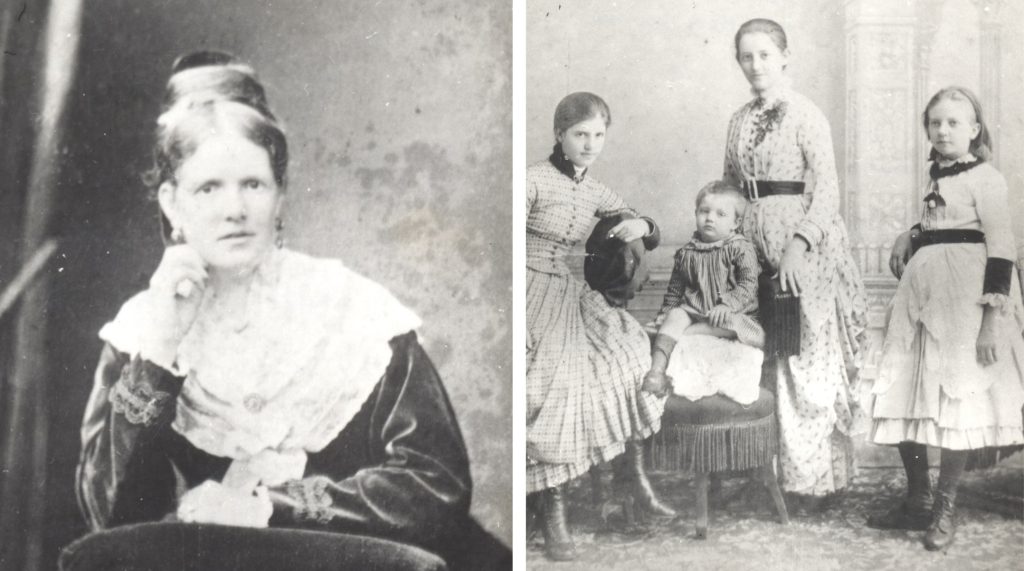
Mary, Phoebe, Edith and Joan Twynam,1869 – 1967
The Twynams had eight children including four surviving daughters. The second youngest, Edith, lived at Riversdale her entire life, while her sisters Phoebe and Alice Joan (known as Joan) both returned in their later years.” Joan had an adventurous life: she was in the Australian Army Nursing Service, so when war was declared in 1914, she was one of the first eight nurses called up from New South Wales. She was stationed in Cairo, then on a hospital ship off the coast of Gallipoli and from there, she went on to France,” says Marie. To celebrate the safe return of Joan and her brother Edward in 1918, their father planted apple trees in the orchard. “One of them is still there– still flowering, still fruiting,” says Riversdale volunteer and passionate gardener Ros Loftus. “You can tell the history of the property by walking around and looking at the plants.
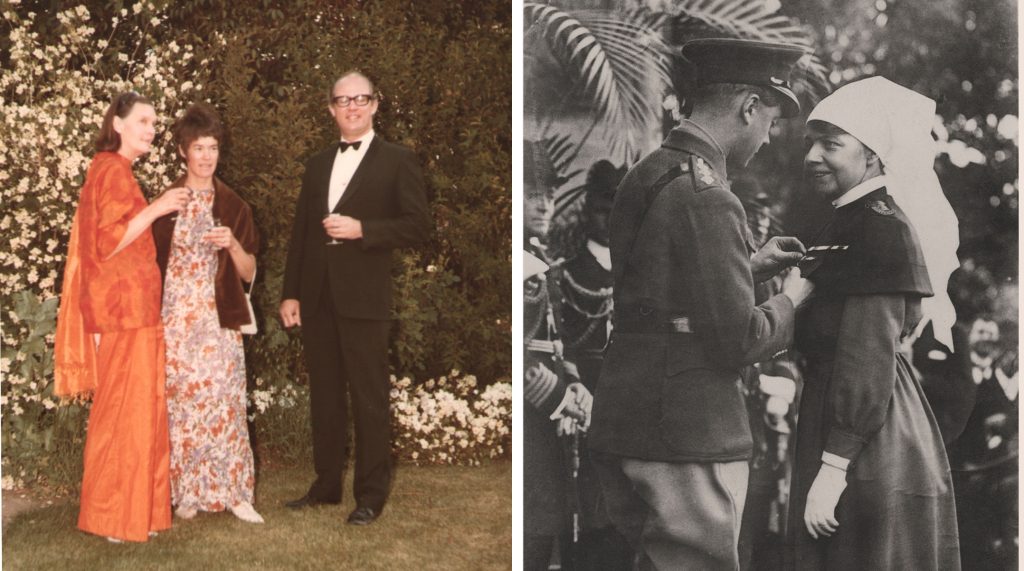
Jean Friend, 1967
She wasn’t a resident at Riversdale, but garden designer Jean Friend played an important role in shaping its aesthetic in the latter half of the 20th century. When the National Trust acquired Riversdale in 1967, Friend was tasked with completely redesigning and building a new garden, transforming it from a space largely occupied by vegetables, fruit orchards and grazing cattle to embrace a new look that reflected Australian cottage gardens in the early 20th century. “Jean Friend was influenced by the English Arts and Crafts garden designer Gertrude Jekyll and envisaged a big, slightly rambling garden,” explains Ros. As a former student of Frensham School in the nearby Southern Highlands, Friendwas also inspired by the school emblem, an iris, and filled the garden with their delicate blossoms, some of them transplanted from Frensham. Almost six decades later, the designs created by Friend live on, providing a blooming template for Riversdale’s gardens today
We need your help
These inspiring women and many others have helped nurture Riversdale for decades and now we need your help to continue their work. We need to raise $250,000 by the end of June, to carry out essential repairs and upgrades of the house, gardens and outbuildings. Every donation will help preserve our heritage for future generations. Please donate today.

 Facebook
Facebook Linkedin
Linkedin Email
Email